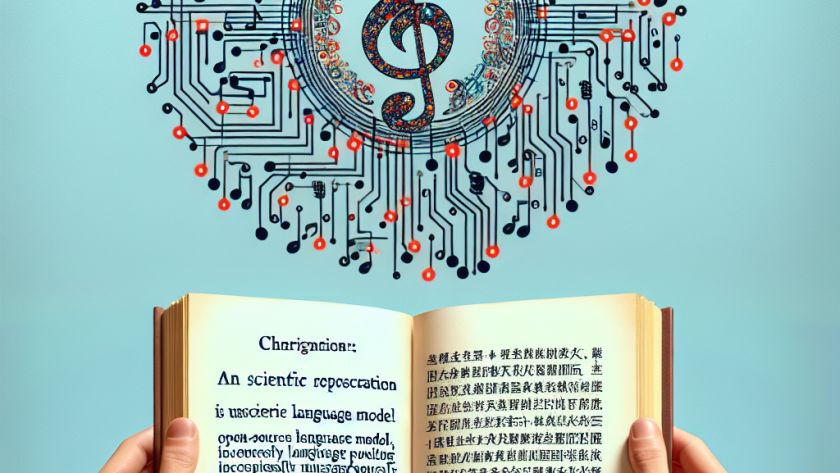The development of Large Language Models (LLMs) such as GPT and LLaMA has significantly revolutionized natural language processing (NLP). They have found use in a broad range of functions, causing a growing demand for custom LLMs amongst individuals and corporations. However, the development of these LLMs is resource-intensive, posing a significant challenge for potential users.
To…












